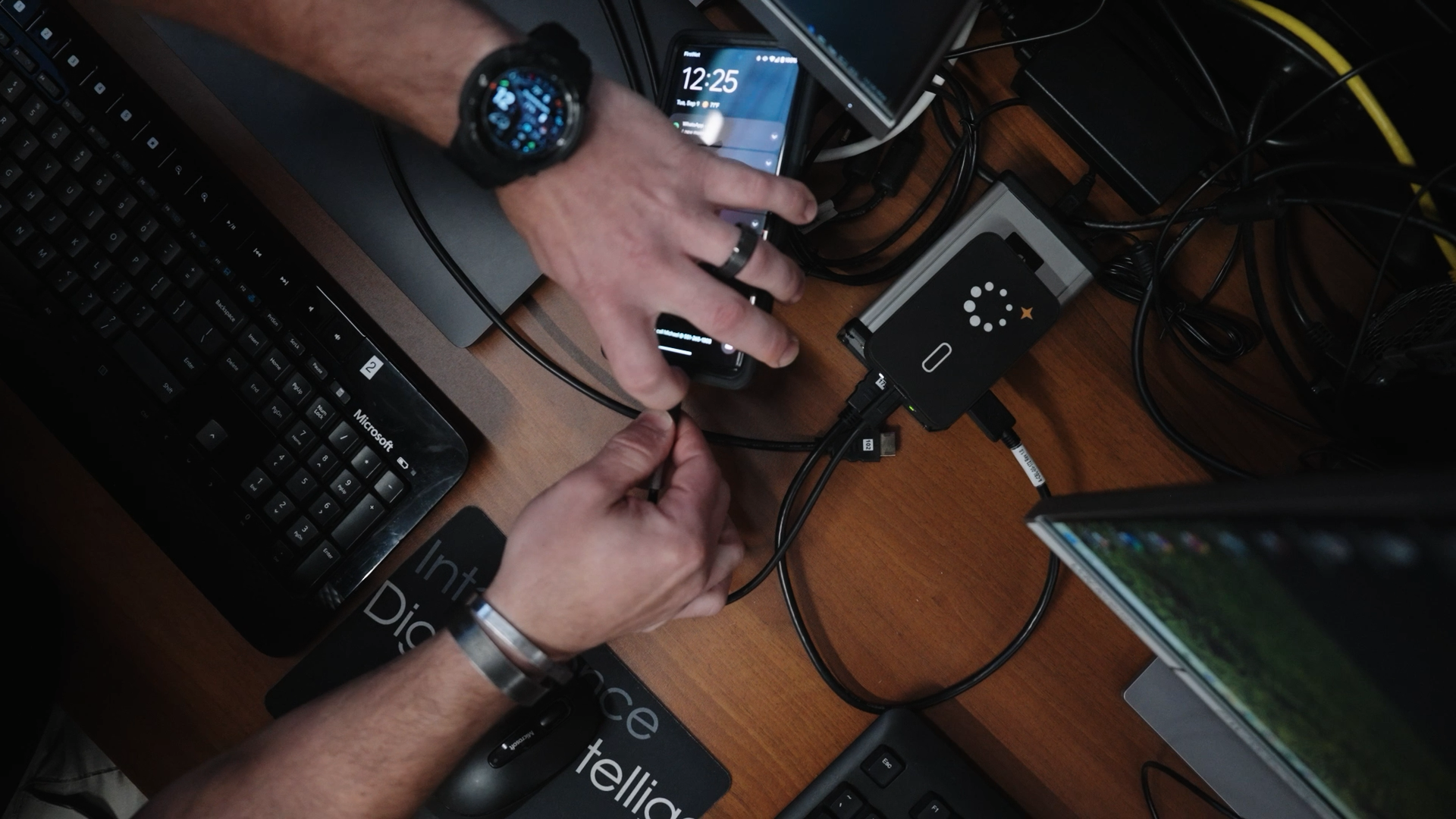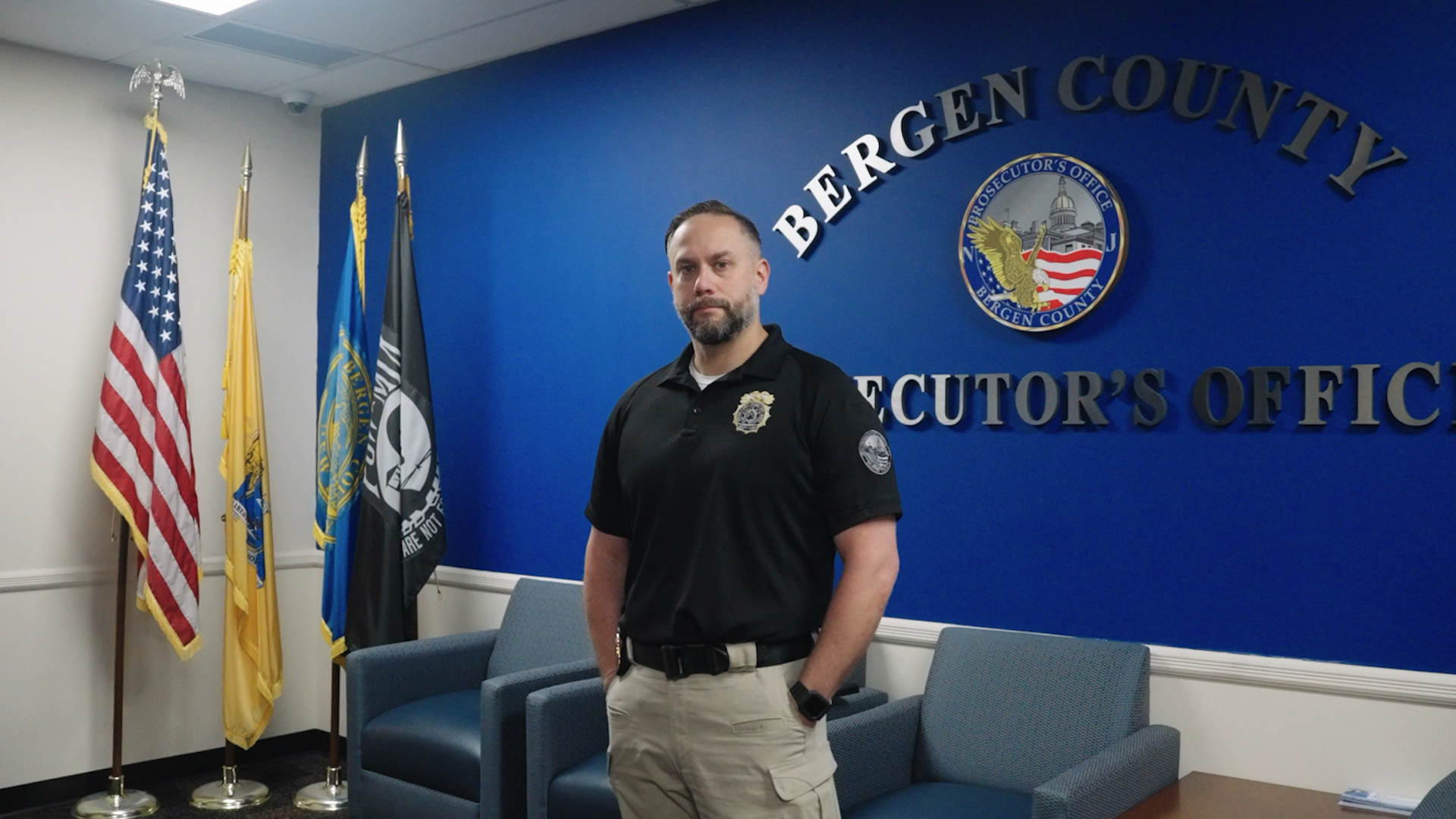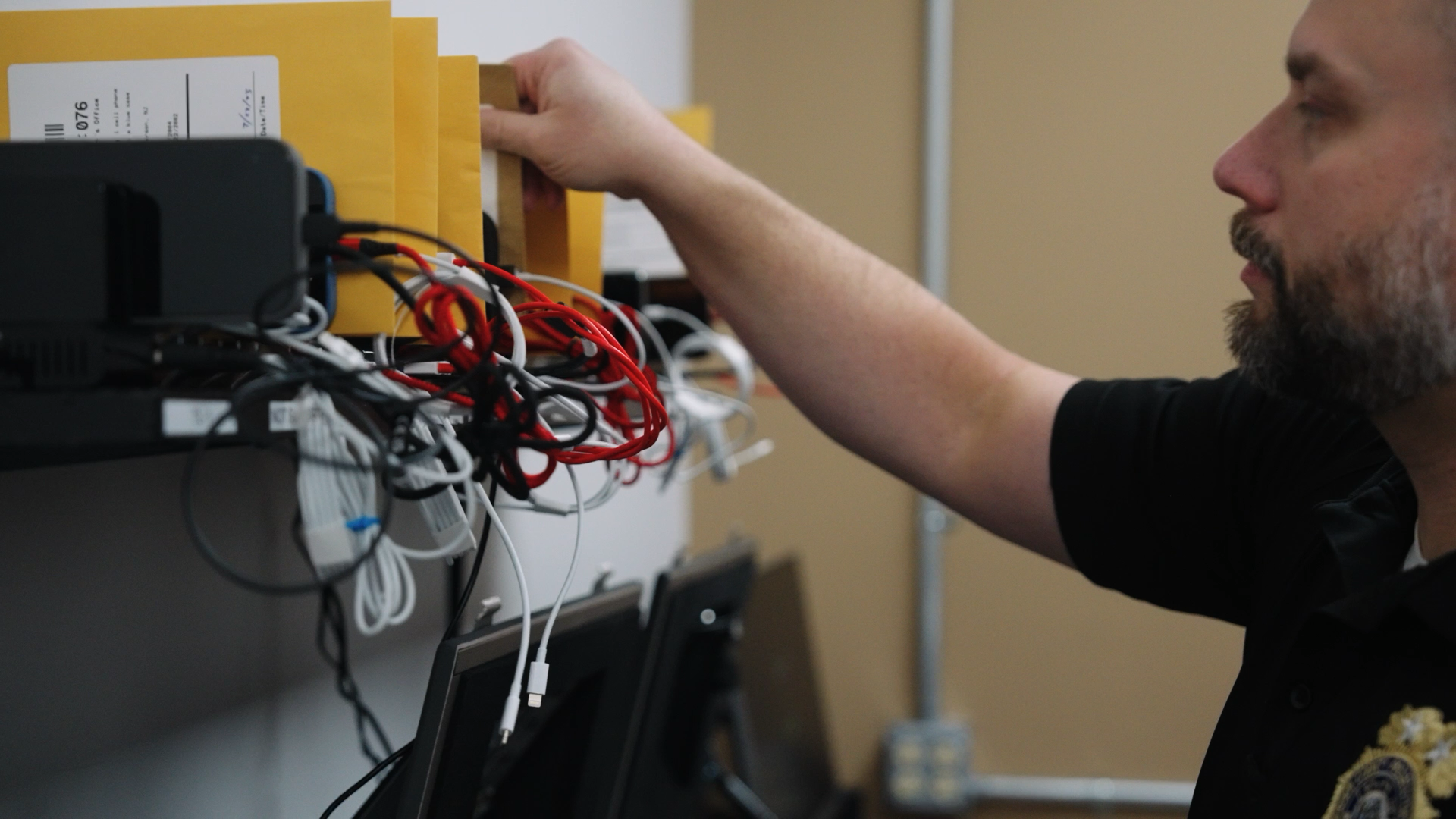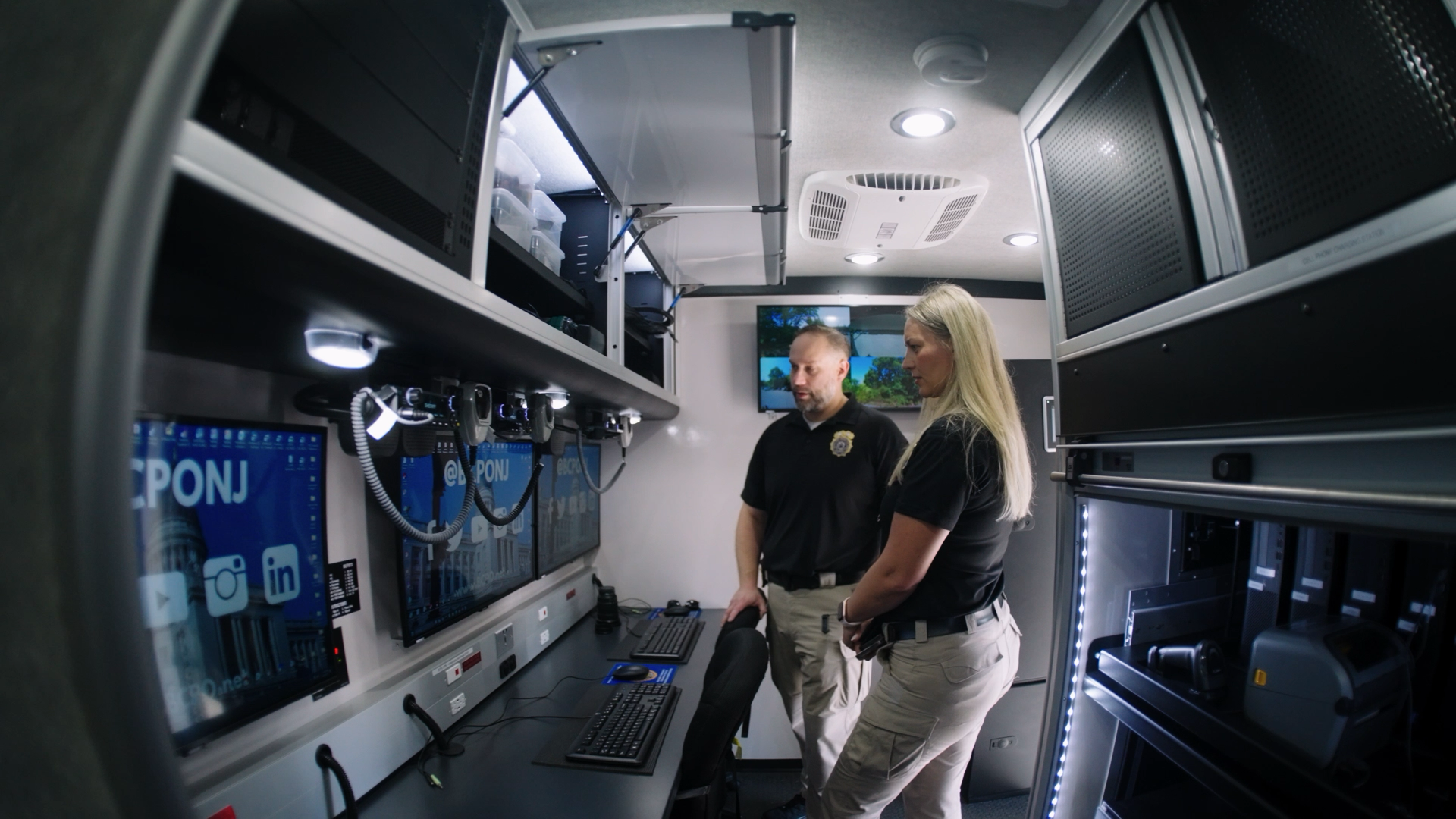
Bergen County Prosecutor’s Office Accelerates Justice to Protect the Community
I n New Jersey, investigations are carried out a little differently and when it comes to digital investigative solutions, the Bergen County Prosecutor’s Office in northern New Jersey went all in – giving them the best possible opportunity to solve crimes quickly.
n New Jersey, investigations are carried out a little differently and when it comes to digital investigative solutions, the Bergen County Prosecutor’s Office in northern New Jersey went all in – giving them the best possible opportunity to solve crimes quickly.
“Every case and every agency in our area benefits from our digital forensics lab,” said Jeff Angermeyer, who is the Deputy Chief of Detectives. They have 70 municipal police departments that are “all our partner agencies that investigate alongside us all the crimes that occur in what is a pretty large, diverse, busy New York Metro area with a population of one million people.”
With the state attorney general the chief law enforcement official for the state, that office has command and control of every municipal and county police agency, delegating authority to each of New Jersey’s 21 county prosecutors. The staff are appointed, and their authority emanates from the state. They hold badges and conduct arrests, search warrants and full investigations.
“Those charging decisions are then happening in real time. On the law enforcement side of our house, we’re shoulder to shoulder with those local officers. And there’s this assistant prosecutor here, too,” Jeff said. “There’s this really interesting collaboration, a multidisciplinary approach including the legal opinions, the operational opinions, the municipal feedback, it all sort of comes together.”
Jeff’s been at it for 25 years and started out as a local officer on patrol. His chief at the time had him pegged as a computer geek, and Jeff was asked to join the Bergen County Computer Crimes Task Force. “It was completely child exploitation investigations, CSAM – all the early computer crimes. I certainly got bit by the bug of what detective work is,” Jeff said, calling the experience an “awakening.” That was his start in digital forensics and investigations, which he knew was the future of police work.
The DF Lab’s Evolution
Bergen County has an office with about 300 people, 110 of whom are detective staff or county investigators who handle all the most serious crimes. In the lab, a sergeant supervises five analysts, three examiners who are sworn and two others who are civilian analysts.
Jeff says his lab is now at version 3.0. “It’s grown at those natural, logical tipping points because of the evolution of technology. I was able to see lab version 1.0. It was very modest. It was very humble. It was focused largely on desktop forensics, PC forensics, and some Mac forensics,” Jeff recalls. The lab then moved into version 2.0 – much more sophisticated and specific stations for desktop and an expanding mobile world. Now version 3.0 is almost entirely mobile. “The entire conversation revolves around mobile and so it’s essentially the opposite of where we started.”



A Cellebrite Shop
“By and large, most, if not all, of our workflows revolve around Cellebrite tools,” Jeff shared. Cellebrite Inseyets helps them examine more than 600 devices a year with “petabytes and petabytes of data.”
Working with 70 agencies, the need for a cloud management solution was the only way forward.
“It was practical and almost necessity in so far as this unique geography of Bergen County, NJ, with 70 municipal agencies and a prosecutor’s office of 300 personnel. How could we not? How could we not move to the cloud and leverage a solution like Cellebrite Guardian, for example, where we have the ability to really start to collaborate quickly,” Jeff shared.
Jeff says the team is intentional about putting technology at the center of their investigative workflow – taking advantage of the most computer literate generation of law enforcement and prosecutors to date.
“The digital forensics lab for us will always be the subject matter experts, and the SMEs will always be housed out of that centralized digital forensics lab. They’re always going to be involved, of course, in that extraction and packaging of a digital forensics request. But for many cases, we don’t need the digital forensic examiner to be ground down in much more work than that,” Jeff explained. “If they can push that information to the cloud, ship it out to the requester, maybe it’s that case detective, maybe it’s a municipal police officer, maybe it’s going right out to an assistant prosecutor who’s going to be dealing with it in court in short order. Let them now take the baton and run with it and allow that examiner to come back up into the queue and pull up the next job that’s pending.”
This wasn’t always the case. The expertise of the examiner used to be critical to every part of the workflow, making it time-consuming and laborious. Innovation in technology like Guardian changed that.
“Now that you have something cloud-based, super visual and exciting GUI (graphical user interface) that lets them interact with the evidence in that way has for sure made everyone better, made all of those cases better,” Jeff explained.
And they use Cellebrite Pathfinder.
“Pathfinder allows us to really go to the next step when it comes to pulling together multiple data sources to spare data and making sense of it, seeing the connections between victims, witnesses, co-defendants a complex investigation,” Jeff said.
Digital Evidence Leads Investigators to Drug Dealers in Overdose Deaths
When two people were found dead of drug overdose deaths, the victims’ phones held the information needed to find the drug dealer accountable. The charge is known as “strict liability drug-induced death of another” in New Jersey.
“The digital forensics from the victim’s phone first revealed almost all of the information that we needed to undertake the strict liability investigation,” Jeff said. “And then coupled with the defendant’s phone and that data extraction, corroborating and matching some of the very same artifacts that got the case started, was the perfect closing of the loop.”
In another case, a teen was found dead after experimenting with narcotics. A photo on the teen’s phone was clutch in securing the prosecution of his dealer. “When we get to that dealer and his drug supply matches the baggies of the drugs from a photo found on the victim’s device – just stunning and damning evidence,” Jeff said.
Keeping up with Training
Jeff says while the phone never stops ringing and the cases are non-stop; they always carve out time to ensure everyone keeps up on training.
“Our digital forensics lab personnel or examiners need to stay on top of the perishable skill of digital forensics and all the latest changes,” Jeff said, noting the pace at which technology and legal opinions change. “it’s not easy, but it’s, it’s necessary and it’s required for us to continue to invest in the training and make the time for personnel to get trained.
Whether it’s a narcotics case, a murder investigation or a crimes against children case, technology to help solve these crimes is an investment the Bergen County Prosecutor’s office will always prioritize.
“It’s an honor to continue to drive us forward into the future of what modern policing we think should look like, what modern prosecutions should look like, and how we can best serve the residents of the most populated county in the state of New Jersey,” Jeff said.


